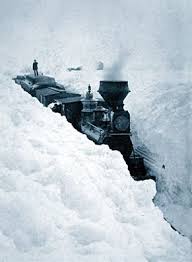 Boy, the groundhog sure got it right. He forecast six more weeks of winter. Given the relentless cold and snow we’ve had since then, six more months of winter is more like it.
Boy, the groundhog sure got it right. He forecast six more weeks of winter. Given the relentless cold and snow we’ve had since then, six more months of winter is more like it.
In some parts of the country (especially New England and Long Island), all that snow was blown in by a blizzard. With folks still shoveling out of drifts taller than the Budweiser Clydesdales, you may be interested to learn how the word blizzard entered America’s vocabulary.
Blame it on, of all things, a blizzard. But it didn’t start that way.
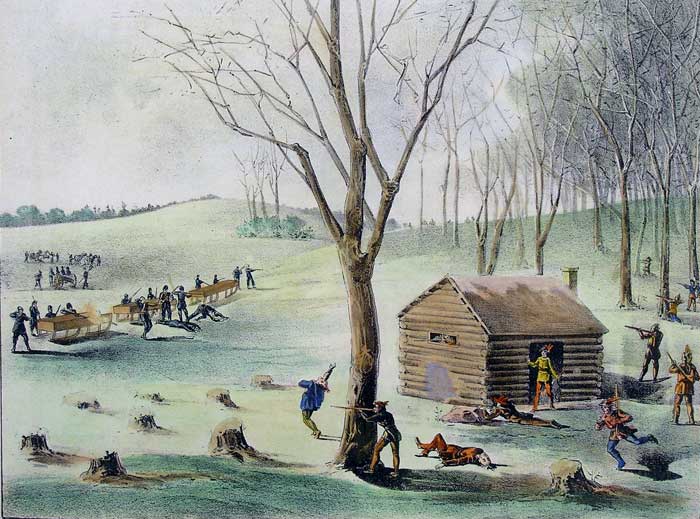 If you’re ever in the mood for a little light reading, flip through Houghton Mifflin Word Origins sometime. You’ll find the word blizzard first appeared in the language of frontier America, and it had nothing to do with a storm. It meant “a knock-down blow,” coming from fists or bullets. An 1829 glossary referred to it as “a violent blow.”
If you’re ever in the mood for a little light reading, flip through Houghton Mifflin Word Origins sometime. You’ll find the word blizzard first appeared in the language of frontier America, and it had nothing to do with a storm. It meant “a knock-down blow,” coming from fists or bullets. An 1829 glossary referred to it as “a violent blow.”
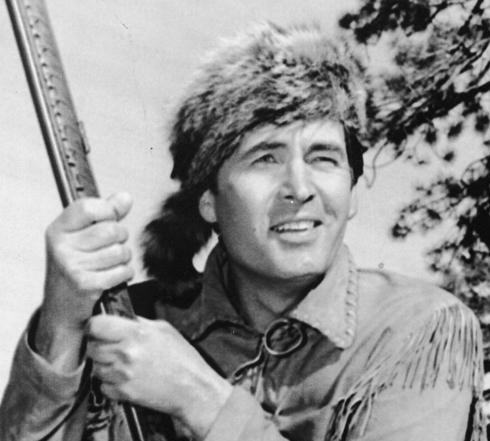 Davy Crockett, of coonskin cap and Alamo fame, wrote in his 1835 Tour Down East that when a preacher asked for a toast, “I concluded to go ahead and give him and his likes a blizzard.” (He meant hitting them with a long, wordy toast; a violent burst of words, in other words.)
Davy Crockett, of coonskin cap and Alamo fame, wrote in his 1835 Tour Down East that when a preacher asked for a toast, “I concluded to go ahead and give him and his likes a blizzard.” (He meant hitting them with a long, wordy toast; a violent burst of words, in other words.)
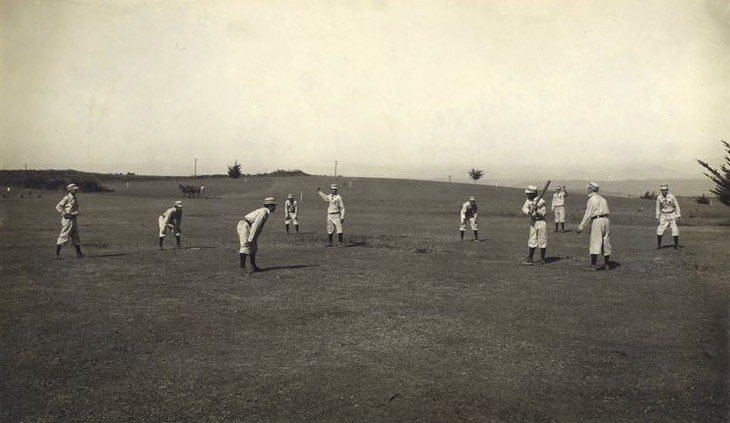 In the late 1800s, an old-timer recalled, “I first heard the word ‘blizzard’ among young men at Illinois College back in 1836. If one struck a ball a severe blow in playing town-ball [a forerunner of modern baseball] it would be said, ‘That’s a blizzard’.”
In the late 1800s, an old-timer recalled, “I first heard the word ‘blizzard’ among young men at Illinois College back in 1836. If one struck a ball a severe blow in playing town-ball [a forerunner of modern baseball] it would be said, ‘That’s a blizzard’.”
Sometime around the Civil War, the word began popping up –although very rarely– in connection with a winter storm. An 1862 book called Forty Years on the Frontier says, “A blizzard blew up and raged all night.”
And maybe the word would have remained on the fringes of our vocabulary … if it hadn’t been for the Blizzard of 1880-1881.
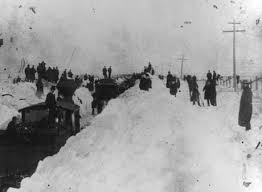 Think you’ve seen severe winter weather? No matter how bad it is where you are, it can’t hold a candle to this, the Mother of All Bad Winters.
Think you’ve seen severe winter weather? No matter how bad it is where you are, it can’t hold a candle to this, the Mother of All Bad Winters.
The Winter of 1880-1881 was so bad, it is widely believed to have been the worst in American history. Folks who lived through it couldn’t even agree on what to call it. Some named it The Black Winter. Others, The Snow Winter (which sounds terribly redundant; but that was shorthand for saying “so much snow”). There was even The Horrible Winter.
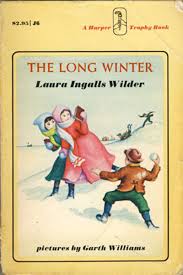 I first learned about it the same you may have discovered it, too: from Laura Ingalls Wilder’s The Long Winter. (Which is probably the most accurate name of all.) My third grade teacher, Mrs. Eva Kough, read a chapter from the Little House books after lunch every day at Diamond Elementary in Diamond, Missouri. My sister Julie also had a set of the Little House books in the 1970s. But I digress; back to the Blizzard of 1880-81.
I first learned about it the same you may have discovered it, too: from Laura Ingalls Wilder’s The Long Winter. (Which is probably the most accurate name of all.) My third grade teacher, Mrs. Eva Kough, read a chapter from the Little House books after lunch every day at Diamond Elementary in Diamond, Missouri. My sister Julie also had a set of the Little House books in the 1970s. But I digress; back to the Blizzard of 1880-81.
That winter arrived unusually early and untypically harsh: it started with a sudden heavy snowfall on October 15, 1880, long before pioneer families were prepared for the coming season. Crops weren’t fully harvested, grain wasn’t ground into flour and meal, and the supply of wood to keep stoves burning until spring hadn’t been sawed.
And the snow kept coming. There was no thaw, so it piled deeper and deeper. Drifts eventually grew two and sometimes three stories tall, burying houses, barns and stores. People had to tunnel their way from one structure to another.
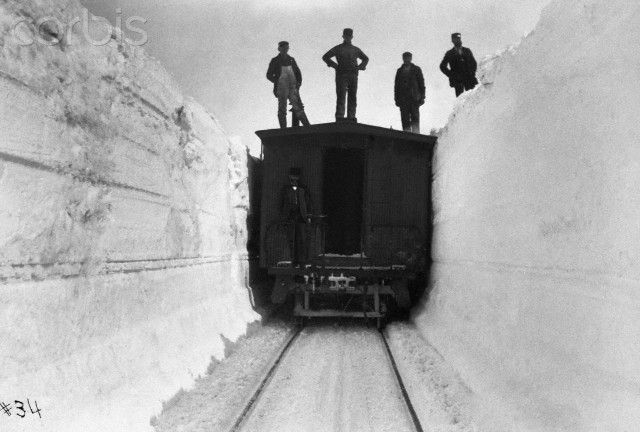 Even worse, the snow froze rail service in its tracks. Drifts were taller than the trains. Railroads hired extra crews to clear the rails (digging by hand, remember). But it was no use. Just as soon as they dug out a path, another storm blew up and covered it up again.
Even worse, the snow froze rail service in its tracks. Drifts were taller than the trains. Railroads hired extra crews to clear the rails (digging by hand, remember). But it was no use. Just as soon as they dug out a path, another storm blew up and covered it up again.
This was no mere inconvenience. It was critically serious, because trains brought the food, fuel, clothing and medicine necessary for survival. No trains, no vital goods.
Laura didn’t exaggerate in The Long Winter. In fact, scholars are impressed by the book’s historical accuracy. Which is all the more amazing when you consider the winter was so horrific, she could vividly recall specific details when she wrote her book 60 years later.
Journalists at the time struggled to find a word strong enough to convey the power of the unrelenting weather. Some unsung scribe hit upon blizzard, and the word caught on. Suddenly, blizzard spread like wildfire in newspaper and magazine stories about the bad weather. It became so popular so fast, The Nation observed in early 1881, “The hard weather has called into use a word which promises to become a national Americanism, namely ‘blizzard’ … the blizzard of snow has knocked out the former meaning of mere human violence.” He was right; when was the last time you heard anyone describe a fist-fight as a “blizzard”? Um, never.
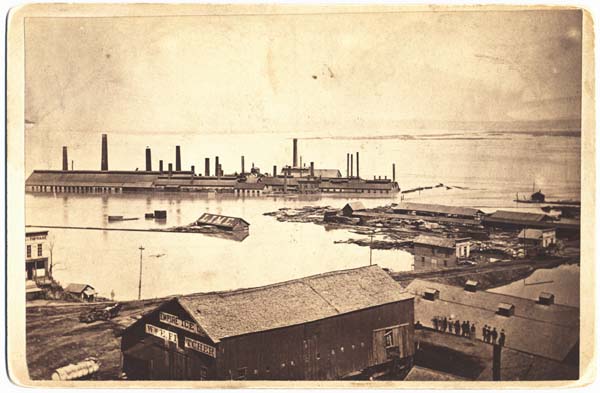 By April 1881, it finally stopped snowing. But the trouble wasn’t finished. All that melting snow caused terrible flooding. In fact, the town of Yankton, South Dakota was almost entirely swept away. Flooding was so bad there, it pushed steamboats far inland and left them high and dry. (And that, in turn, killed shipping by water on the upper Missouri River, as businesses opted for safer train service.)
By April 1881, it finally stopped snowing. But the trouble wasn’t finished. All that melting snow caused terrible flooding. In fact, the town of Yankton, South Dakota was almost entirely swept away. Flooding was so bad there, it pushed steamboats far inland and left them high and dry. (And that, in turn, killed shipping by water on the upper Missouri River, as businesses opted for safer train service.)
There’s still a chance we could still see one last blizzard this winter before spring finally arrives. And we have journalists from the early 1880s to thank for introducing us to that word.
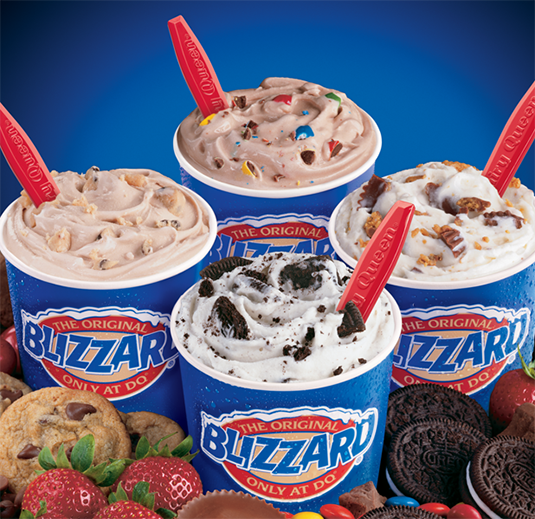 (Personally, my favorite blizzard of all is the DQ Blizzard. When these babies came out in 1985, Dairy Queen sold 175 million the first year alone. And they’ve been satisfying sweet tooths ever since – including mine!)
(Personally, my favorite blizzard of all is the DQ Blizzard. When these babies came out in 1985, Dairy Queen sold 175 million the first year alone. And they’ve been satisfying sweet tooths ever since – including mine!)
Did you find this enjoyable or helpful? Please continue to join me each week, and I invite you to read Tell it Like Tupper and share your review!
Curious about Tell It Like Tupper? Here’s a chance to see for yourself. Take a sneak peek at a couple chapters in this free downloadable excerpt.

Fun and informative! Thanks Mark. 🙂
I’ve been doing weather for over 32 years and I had no idea!I loved finding out about the word blizzard…makes a lot of sense. at least out here in California it’s been spring for a month already 70s and sunshine and flowers blooming everywhere no blizzards to worry about here thanks for the good read!